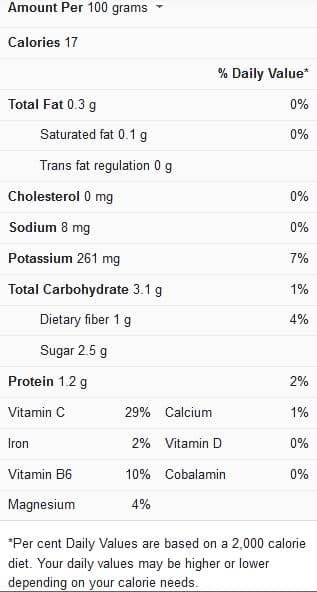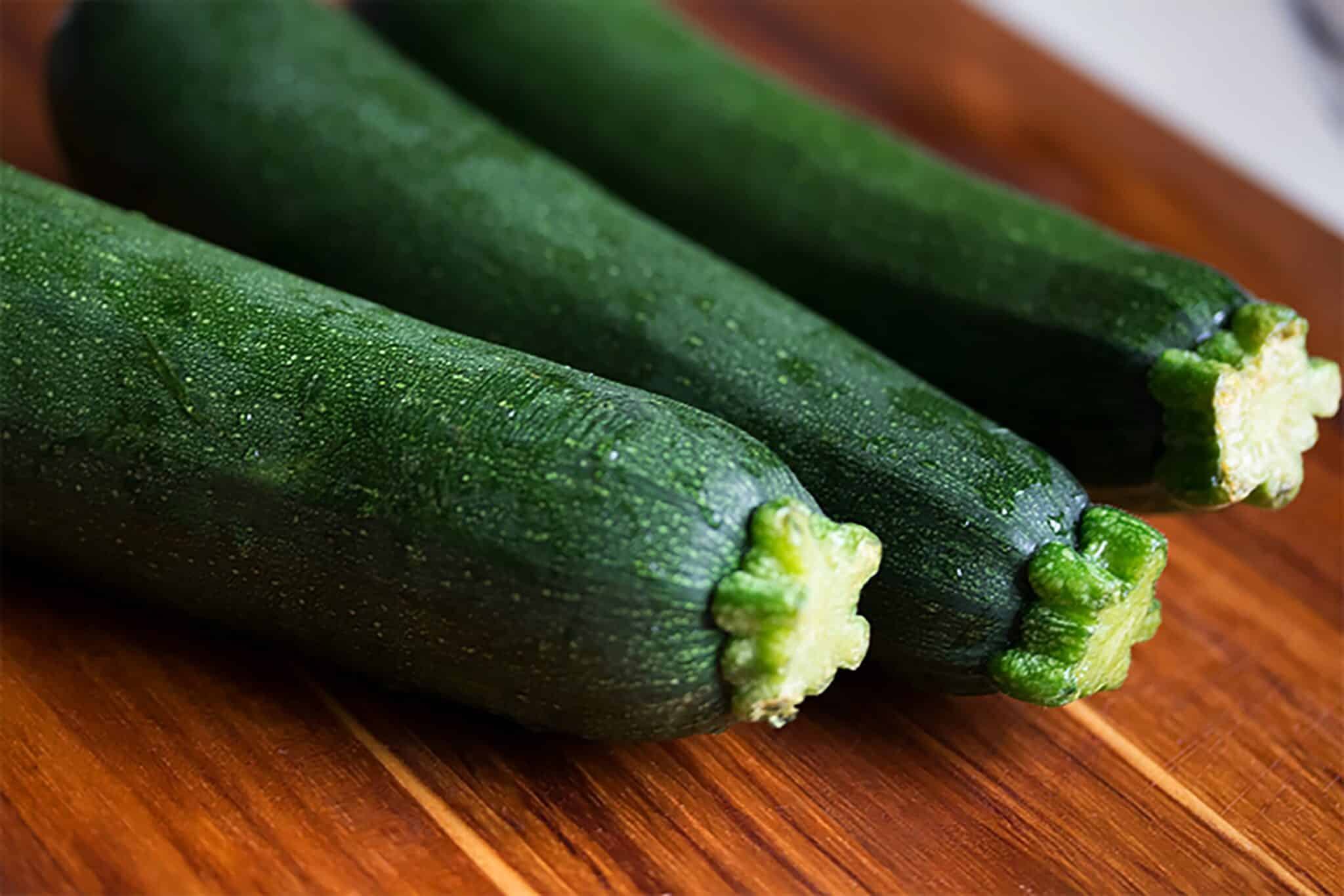It may seem like a steak and zucchini have very little in common, but zucchini, like a good piece of steak, works well with cooking methods that involve searing in a blazing hot pan.
Also, zucchinis typically contain high amounts of water, so cooking them quickly preserves their structure and prevents excessive water loss. You get lovely charred results when done over a high heat level, such as on the stovetop.
This article will teach you how to cook zucchini on the stove and provide helpful tips and guidelines to get delicious results.
Zucchini nutrition facts

Tips for cooking zucchini on the stove
These tips and guidelines have been compiled with the sole aim of making the cooking process for zucchini on the stovetop an easy one and guaranteeing the most delicious results:
Use the right kind of pan – For recipes that involve sautéing any food item in a pan, you should ideally stay away from non-stick pans. When using a non-stick pan, getting a good browning or a nice sear on your zucchini can be quite the challenge.
Instead of a non-stick pan, try using a seasoned cast-iron pan or a stainless steel pan. A carbon steel wok is also a good choice and would work well.
Recipe variations to try – These are some great seasoning options to try if you plan to add a bit more flavor to your zucchini:
- Dried Oregano: For a herby flavor, add half a teaspoon of dried oregano towards the end of your cooking.
- Lemon Zest: A dash of lemon zest tends to give simple zucchini recipes a sharp burst of flavor and depth.
- Diced Onion: For a more robust vegetable side dish recipe, mix some diced onion with the zucchini.
- Chopped Bell Peppers: Zucchini tends to go well with bell peppers, just like peanut butter and jelly, so this is an excellent option to try.
- Mushrooms: These are yet another set of delicious vegetables that would go well with zucchini, so consider introducing them into your recipe.
- Parmesan cheese: You could also sprinkle a bit of parmesan cheese on top of your zucchini when you’re done cooking for a delicious outcome.
How to avoid soggy results – Nothing is more depressing than mushy zucchini with a soggy quality. The result you want with stove top-cooked zucchini is a tender-crisp zucchini with a good crispy exterior and a tender, delicious interior.
Ensure that your butter or oil mixture is well heated; this is crucial to creating the ideal texture for skillet-cooked zucchini. The stove’s burner should ideally be set to approximately a seven on a 1 to 10 scale. Allow the butter/oil mixture to get hot and to bubble first so that when you add the zucchini, it sizzles. If you put the zucchini in too soon, it will most likely want to absorb all of the butter, resulting in a mushy zucchini.
When the zucchini is done, it will change from an opaque quality to a more translucent tint.
It’s also a good idea to serve the zucchini as soon as it’s ready. This is because the zucchini will get more delicate the longer it rests.
Use salt at the end – Zucchini should not be salted long in advance or at the start of cooking. The zucchini loses water as a result of the salt. When it’s cooked, it’ll be less crispy due to this. You may use salt since it enhances the flavor of foods but do so at the end of your cooking.
View this post on Instagram
Cooking Time for Zucchini on the Stove
Follow the timing guidelines in the table below to get the best results when cooking zucchini on the stove:
Cooking procedure
Cooking time
Cooking zucchini on the stove
7 to 8 minutes
Print
Pan-seared zucchini (3 to 4 servings)
Ingredients
- Three small zucchini (6 to 8 inches each)
- One tablespoon of grapeseed, safflower, or other high-heat cooking oil
- Kosher salt and black pepper
- 1 ½ tablespoon of unsalted butter, plus more to taste
- One garlic clove, peeled and smashed
- One fresh rosemary sprig (or ¼ teaspoon of dried rosemary)
- Coarse sea salt, for serving
- Lemon zest, for serving
- Red-pepper flakes, for serving
Instructions
Cutting the zucchini
- To make flat edges, cut the zucchini longitudinally on two opposite sides.
- Remove the trimmings and cut the zucchini in two longitudinal halves; this should give you two ½-inch thick planks. If you’re working with larger zucchini, expect to get three planks when cut this way.
- Pat the zucchini planks dry using a paper towel; make sure to press gently but firmly on both sides of the zucchini to absorb any wetness.
Cooking the zucchini
- Over medium-high heat, heat a large cast-iron or stainless-steel skillet, about 12 inches.
- Pour in the oil and leave it to heat until it is almost smoking.
- Place the zucchini on the pan, spreading them equally and pressing softly with a spatula to ensure the zucchini planks come in direct contact with the pan.
- Season the tops of the zucchini planks with salt and pepper, then cook for 3 minutes, or until the bottoms of the zucchini are well scorched.
- Reduce the heat to a medium level and season the zucchini with additional salt and pepper.
- Cook for another 2 to 3 minutes, or until the bottoms of the zucchini planks are charred.
- Reduce to low heat and stir in the butter, garlic, and rosemary. Tilt the pan with care, allowing the garlic and rosemary to simmer in the butter for about 30 seconds to 1 minute, or until the butter starts to turn brown. Cook for an extra minute; during this period, ensure to toss the zucchini a few times to make sure both sides are sufficiently coated with butter.
- Move the zucchini, garlic, and rosemary to a serving tray, and top with any remaining butter from the pan. Serve immediately with lemon zest, coarse sea salt, and red pepper flakes.
This recipe for pan-seared zucchini is a great way to enjoy these popular veggies, and it promises loads of great taste. We recommend this recipe, and you’ll find that it’s rather quick and easy to prepare.
For more recipe ideas on cooking zucchini on the stove, this video recipe is a good place to start.
